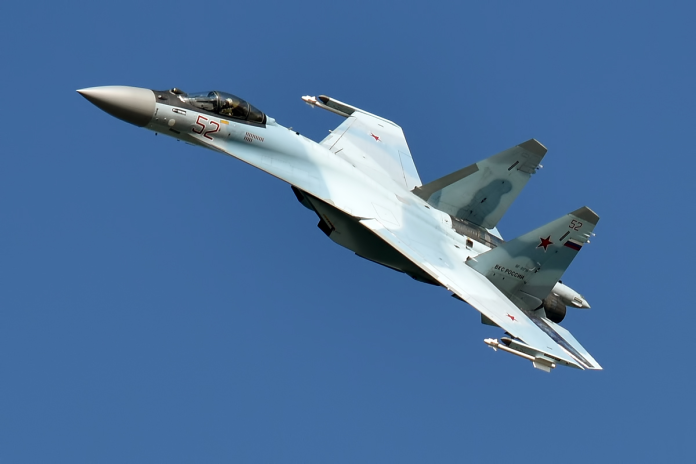
The news that Iran had purchased Russian Su-35 fighter aircraft set off alarm within the defence establishment of the West as well as Israel, more due to what this could portend geopolitically, than due to the geopolitical implications per se, but due to the possibility that this purchase could be a historical watershed in Tehran’s air-to-air power. The purchase of new aircraft will be a sea change in the regional power dynamic on the part of an air force long identified with obsolete F-14s as well as old F-4s.

1. Aging Fleet to New Squadrons
Iran’s current air force has long been hampered by obsolete platforms and limited modernization. The June 2025 conflict with Israel exposed this vulnerability starkly: Israeli F-16s penetrated within 80 kilometres of Tehran, with Iran scrambling only a single MiG-29 in response. Two of Iran’s few remaining F-14s were destroyed on the ground, and U.S. B-2 bombers struck nuclear facilities at Fordow, Natanz, and Isfahan unimpeded. The Su-35 deal, reportedly involving 48 aircraft delivered between 2026 and 2028, would replace these relics with two modern squadrons, potentially assembled under Iranian supervision at Shahid Babayi Air Base.
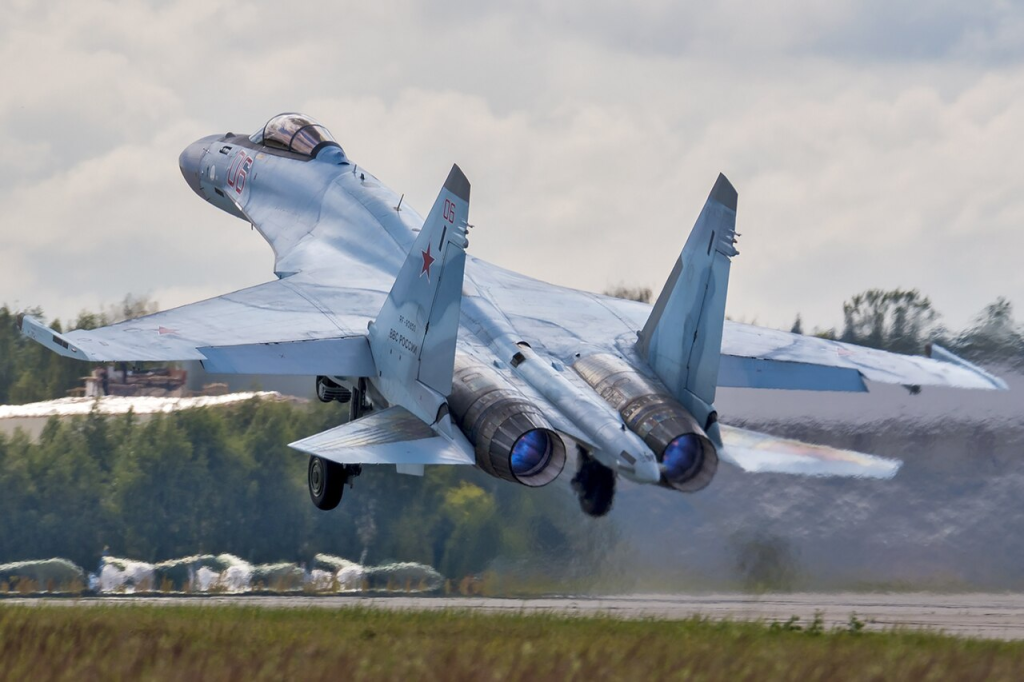
2. Engineering the Su-35: Fourth Generation++
Roughly externally similar to the Su-27, the Su-35 is actually a re-engineered aircraft. The airframe has been reworked to minimize the radar signature while gaining structural integrity. Powered with thrust-vectoring AL-41F1S engines, the aircraft possesses superb maneuverability with high angle of attack as well as quick heading changes during dogfight conditions. Advanced mission systems are incorporated within the avionics suite, with the aircraft carrying the potential to deliver up to 8,000 kilograms of ordnance, from precision-guided bombs to long-range air-to-air missiles.
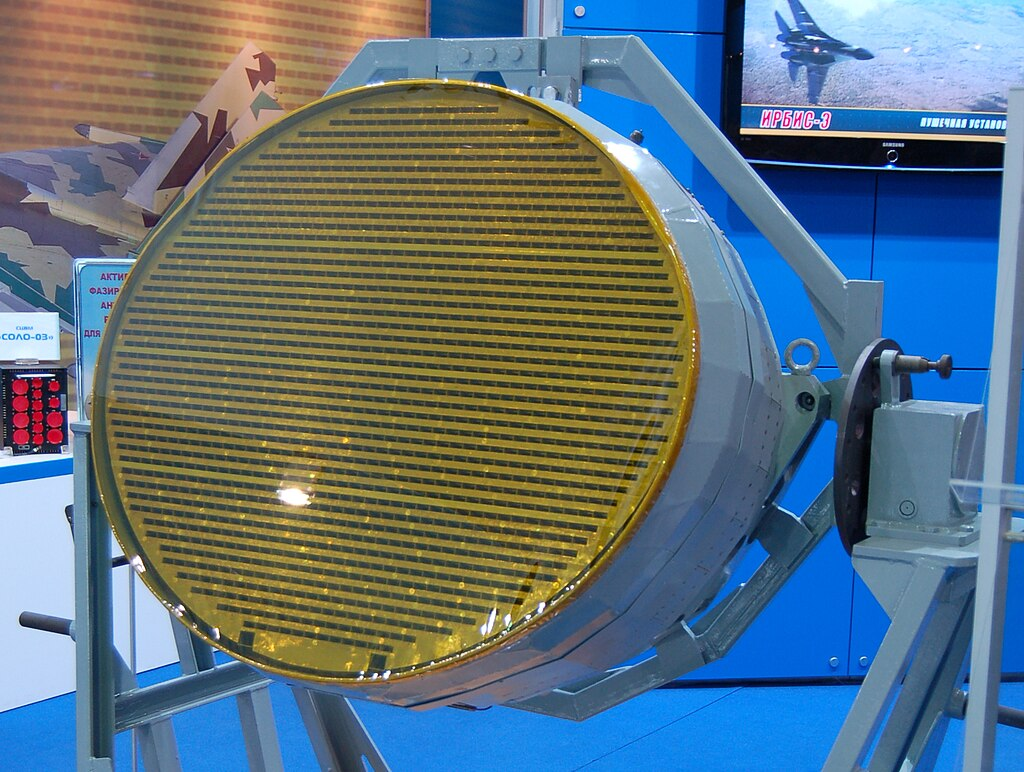
3. Radar and Sensor Superiority
The Su-35’s combat advantage centers on the Irbis-E passive electron scanned array radar, with the ability to detect air targets beyond 400 kilometers. Adding to this are wing-mounted N036B-1-01 AESA radars as well as the OLS-35 infrared search and track system, to detect stealth aircraft and augment situational awareness. This three-sensor suite enables the Su-35 to simultaneously track multiple targets, a feature that could be problematic to Israeli F-35s that use stealth but internally carry limited payload.

4. Missile Threat to Support Assets
If Iran arms its Su-35s with the R-37M long-range missile, it might be able to threaten Israeli tanker aircraft beyond the range of escort fighters. Such a situation would be disruptive to the refueling lifeline that is necessary to sustain deep penetration attacks into Iranian territory. The R-37M with a reported range of as much as 400 kilometers might change engagement dynamics without the use of direct fighter combat.
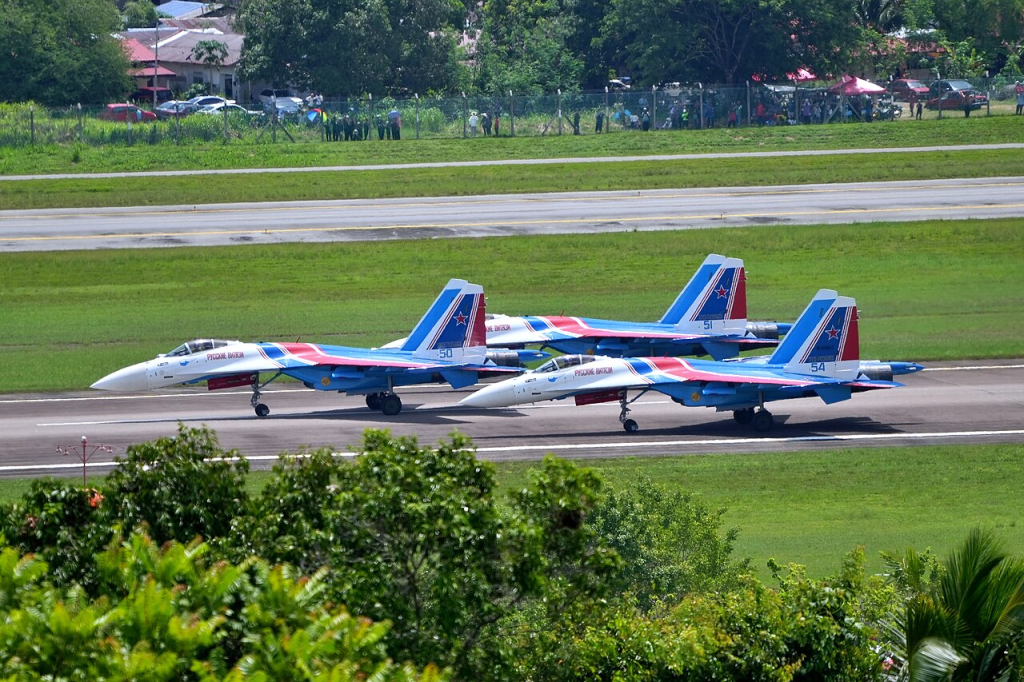
5. Russia’s Production Limits
In spite of the aggressive delivery schedule, the Russian aerospace industry has some daunting challenges. Sanctions have severed the supply of key western components, and labor shortages are handicapping production. The United Aircraft Corporation’s assembly rate of one aircraft every one to two months is termed as questionable to fulfill the order of Iran alongside restocking losses in Ukraine, where as many as 25 Su-35s are reported to be destroyed. Scheduled Moscow managerial layoff of 1,500 also implies a strategic shift towards systems that are attritable such as drones.
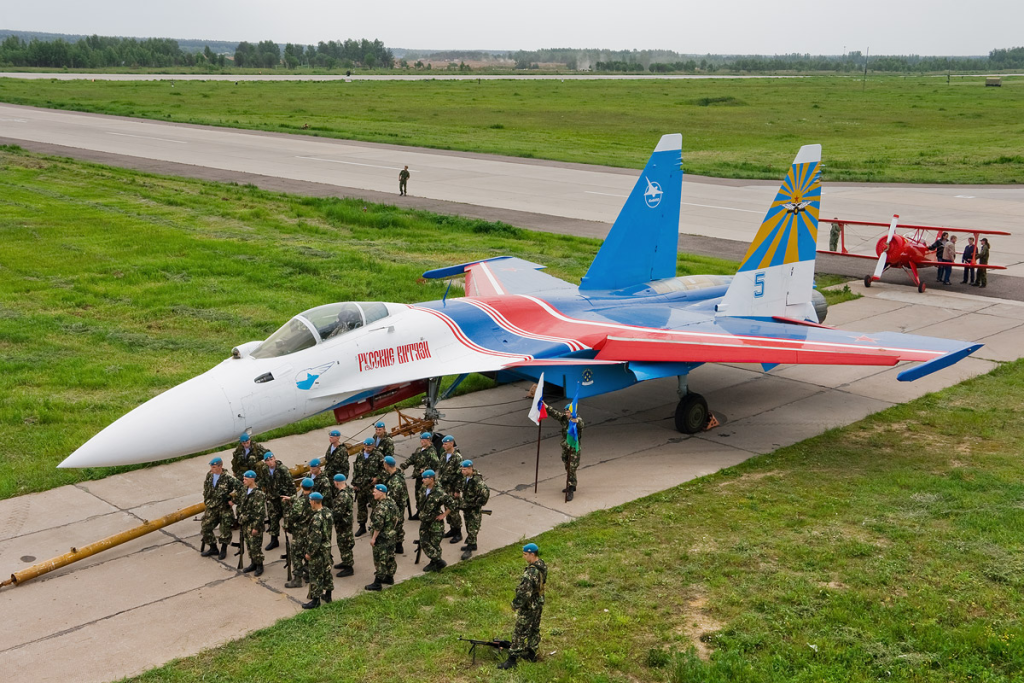
6. Geopolitical Calculations and Strategic Restraint
Although the sale of the Su-35 represents increased military cooperation, analysts reference the selectiveness of Russia towards Iran. Hamidreza Azizi remarks that Moscow avoids participation in regional antagonisms of Iran, particularly with Israel, yet seeks balanced relations with the Gulf Cooperation Council states. Such strategic containment leaves the possibility that the Russian aid is less committed than the outcome of barter transactions in Iranian drones and oil could be.
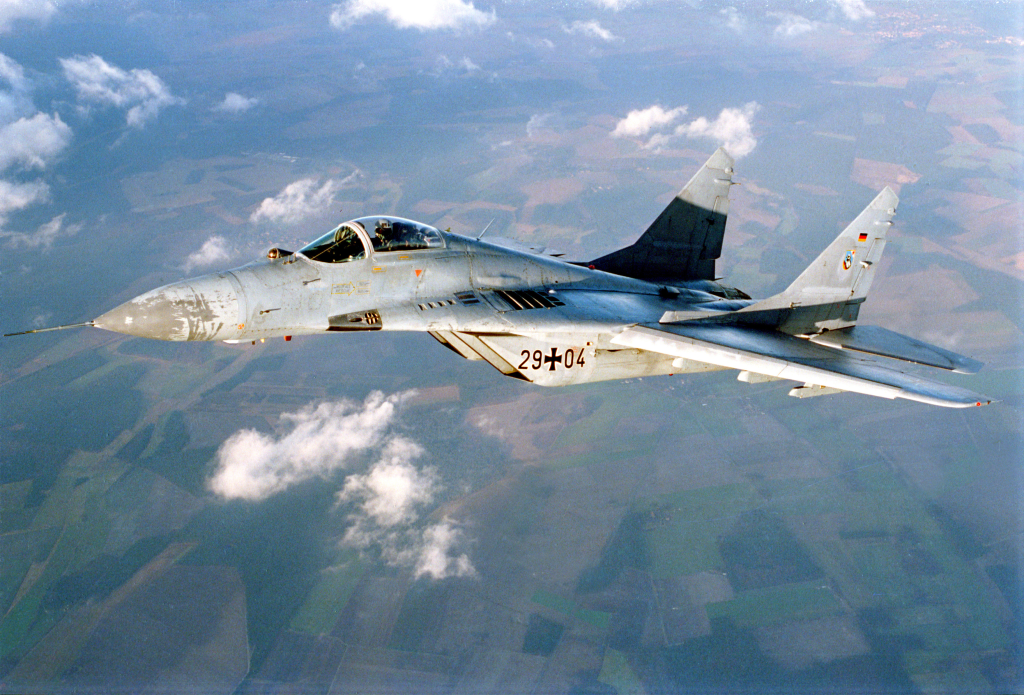
7. Skepticism about Claims of Delivery
Iranian officials have a pattern of prematurely declaring fighter aircraft imports. Allegations of MiG-29 stopgap shipments and impending Su-35 imports have been consistently refuted or unconfirmed. Abolfazl Zohrevand’s latest claim that MiG-29s are already based in Shiraz was received with skepticism from defense commentators, who interpret such pronouncements as political signals in the context of sanctions pressure rather than verified operating reality.
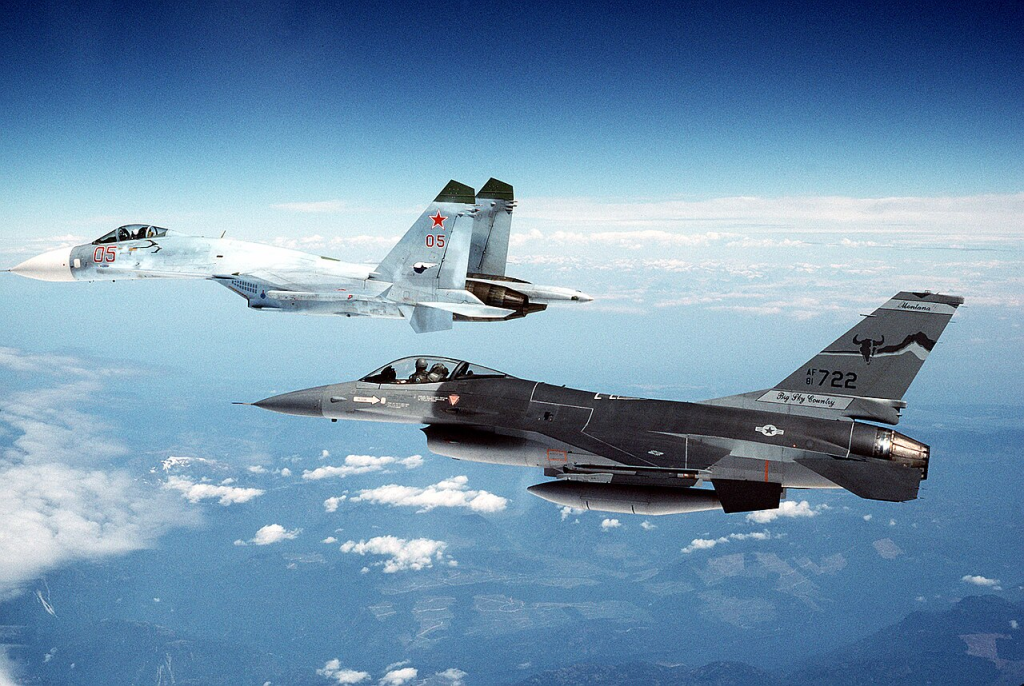
8. Regional Airpower Consequences
If the Su-35s do show up as scheduled, they might be superior to Israel’s aging F-15s and F-16s, which aren’t upgraded to 4+ generations. Combat losses to Ukraine, however, proved that the Su-35 is hardly invincible, particularly vs. integrated air defense systems. The Iranians will find it hard to integrate such fourth-generation fighters within a comprehensive air defense strategy underpinned with modem training, maintenance facilities, as well as systems that can be made to interoperate.

The Rostec leaked files, doing the rounds on OSINT platforms, outline the picture of a deal that can transform the aerial deterrence of Iran. However, between the bottlenecks in Russian production, geopolitical circumspection, and Iran’s operational constraints, the journey from contract to combat-ready formations remains fraught with doubt.
